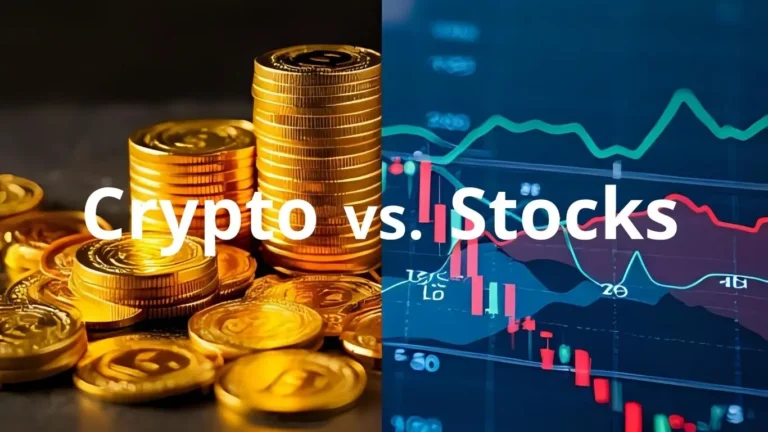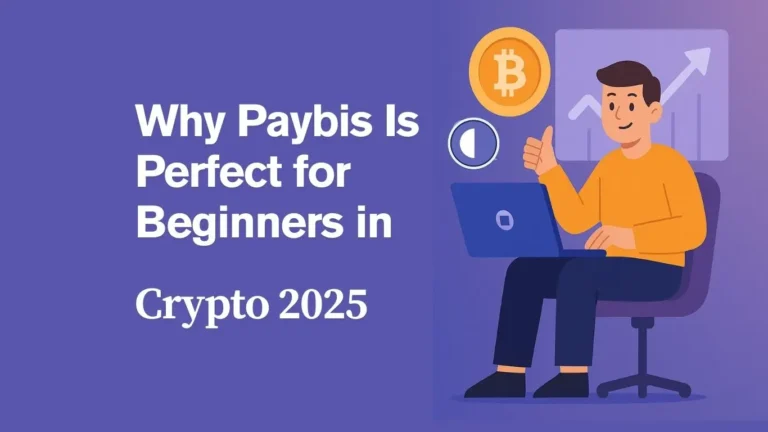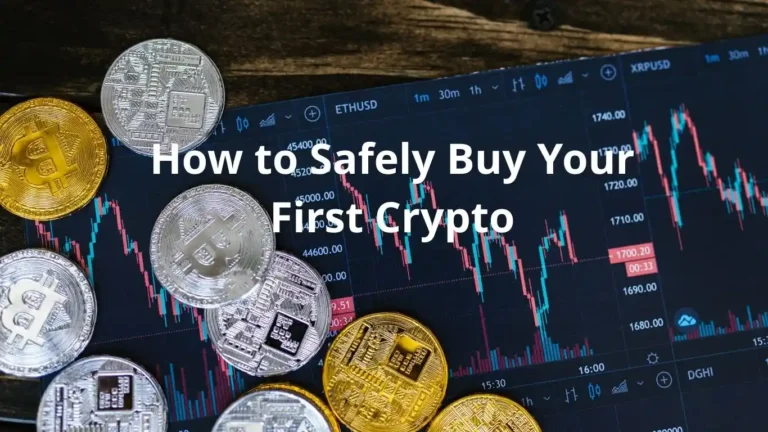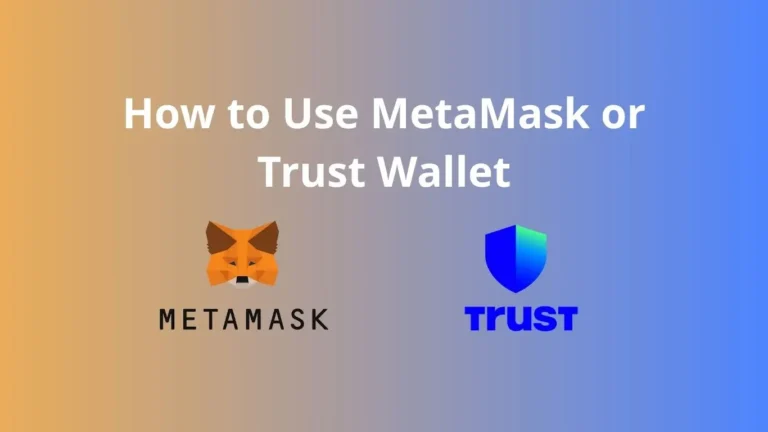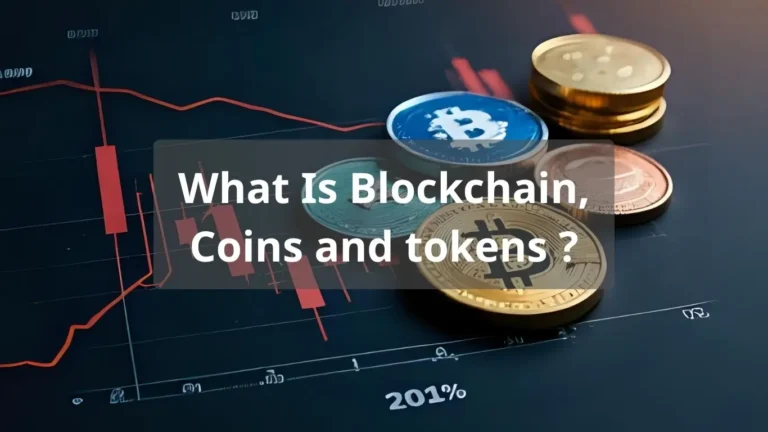How to Choose a Crypto Exchange: 7 Tips for Beginners
Knowing how to choose a crypto exchange is the first crucial step for any investor or trader entering the crypto space. With hundreds of platforms available—each with its own features, fees, and security protocols—it’s easy to feel overwhelmed. This guide will walk you through the 7 most essential factors to help you choose the right crypto exchange clearly, safely, and with confidence.
1. Regulation and Security: Don’t Compromise

When learning how to choose a crypto exchange, regulation and security should be your top priorities. A reputable exchange must comply with financial regulations in at least one recognized jurisdiction. Look for licenses from trusted authorities such as:
FinCEN (USA)
FCA (UK)
ASIC (Australia)
CySEC (Europe)
In addition to proper licensing, make sure the exchange offers strong security features like:
Two-factor authentication (2FA)
Cold storage for the majority of user funds
Insurance coverage on digital assets (e.g., protection against hacks)
⚠️ Tip: If you’re new to crypto, avoid unregulated exchanges unless you fully understand the potential risks.
2. Supported Coins and Tokens
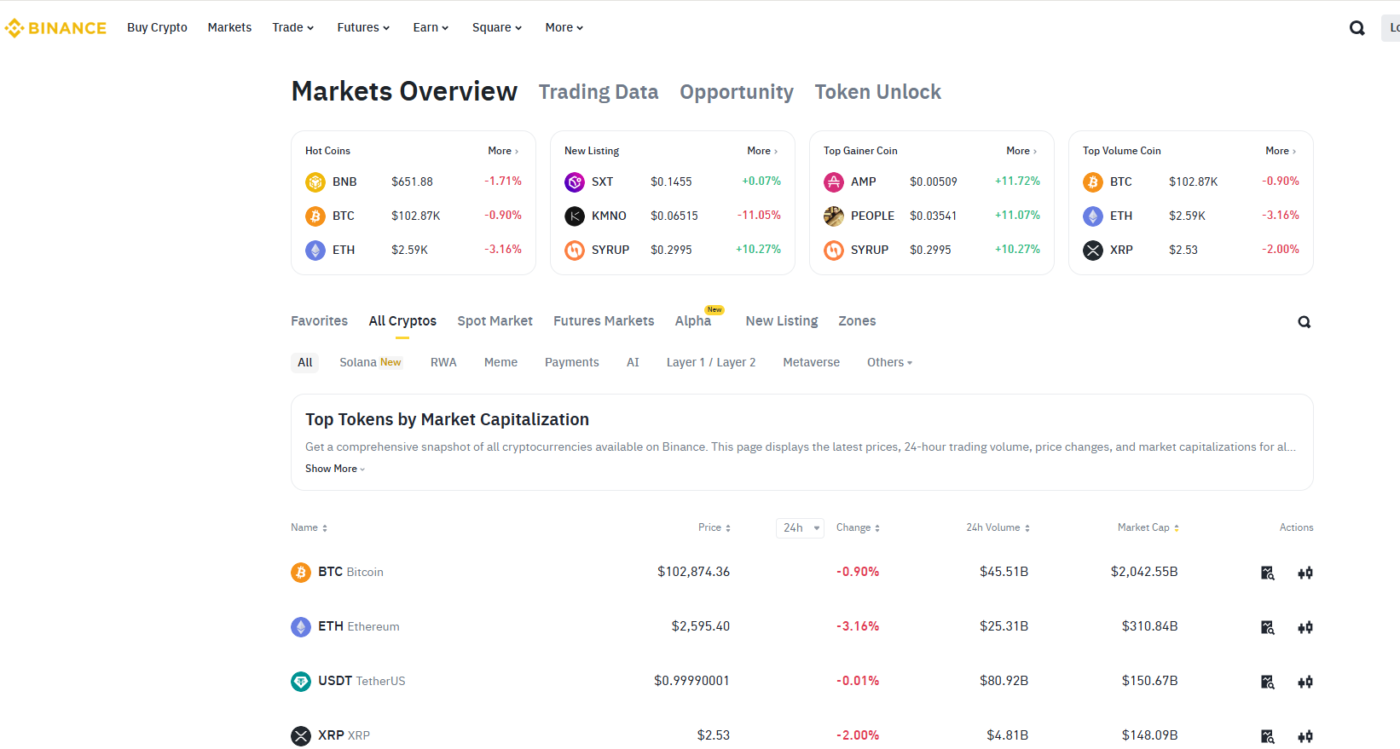
A key step in how to choose a crypto exchange is checking which cryptocurrencies are available. Not all exchanges list the same coins, especially if you’re interested in altcoins, DeFi projects, or emerging tokens.
Ask yourself these questions:
Do I only need access to major coins like Bitcoin (BTC) and Ethereum (ETH)?
Am I planning to trade lesser-known or emerging tokens?
Does the exchange frequently update and expand its coin listings?
💡 Bonus Tip: Some platforms even let users request new coin listings—ideal if you’re following niche projects early.
3. Fees and Trading Costs
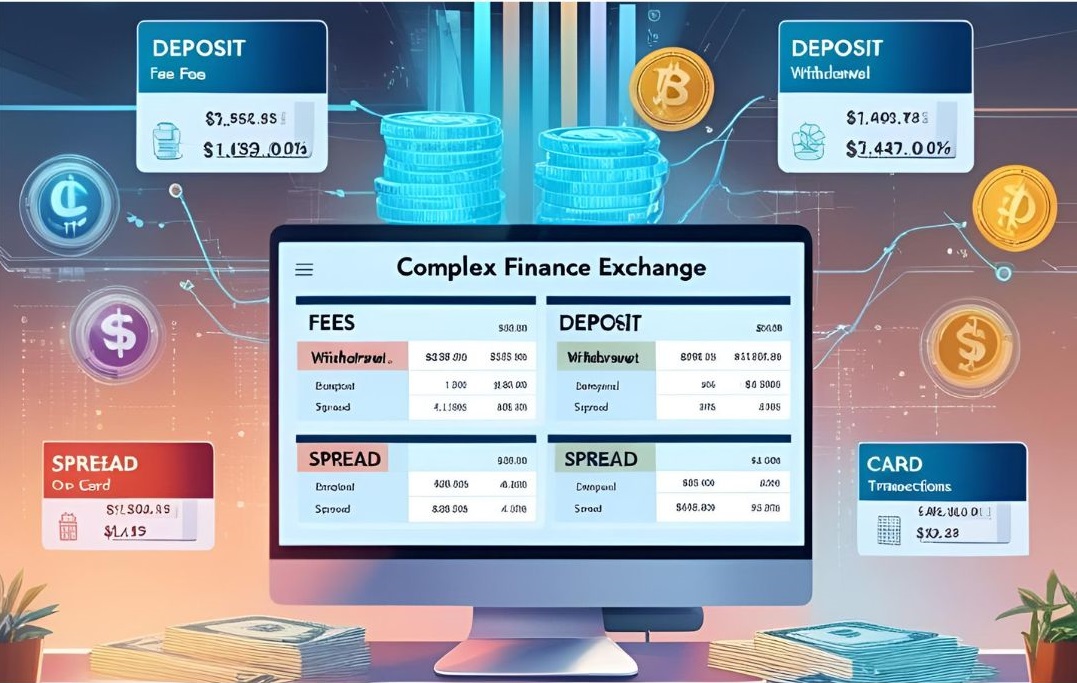
Fees vary widely, and they eat into your profits over time.
Typical fees include:
Trading fees (maker/taker)
Withdrawal fees
Deposit fees (for fiat or crypto)
Spread (difference between buy and sell price)
| Exchange Type | Pros | Cons |
|---|---|---|
| Centralized (CEX) | Easy to use, fiat support | Higher fees |
| Decentralized (DEX) | Lower fees, privacy | Slower, complex UI |
🧮 Pro tip: Choose tiered exchanges if you’re a frequent trader—they often lower fees as your volume grows.
4. User Experience (UX) and Mobile App
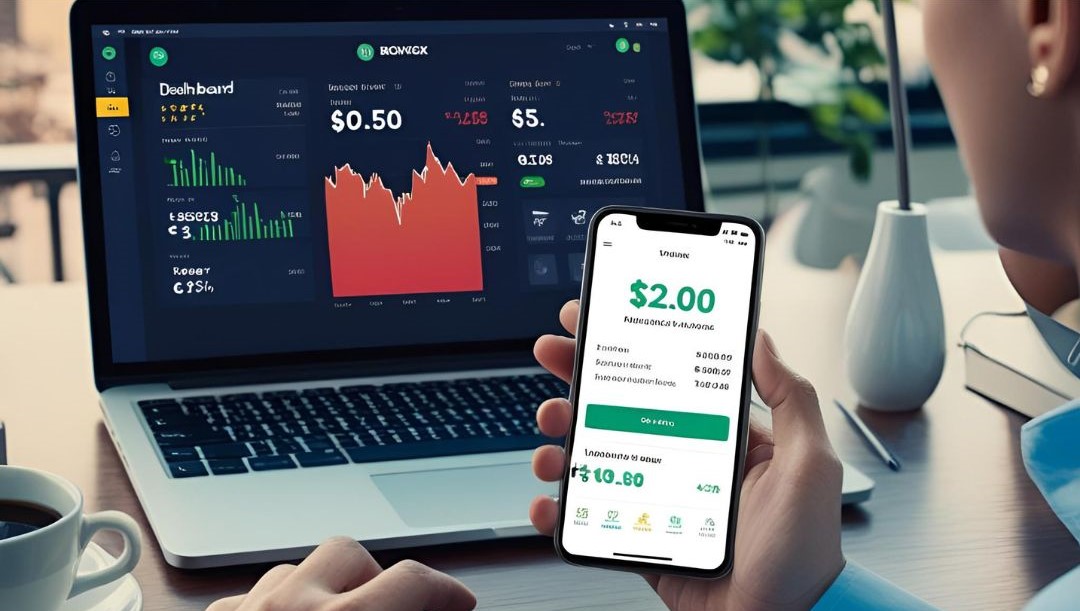
Whether you’re a beginner or an expert, interface matters.
Check for:
Clean dashboard
Mobile app ratings
Fast order execution
24/7 uptime
If the app crashes during price spikes or withdrawals are confusing, it’s a red flag.
📱 Reality: A smooth user experience can save you money—and stress.
5. Deposit & Withdrawal Options
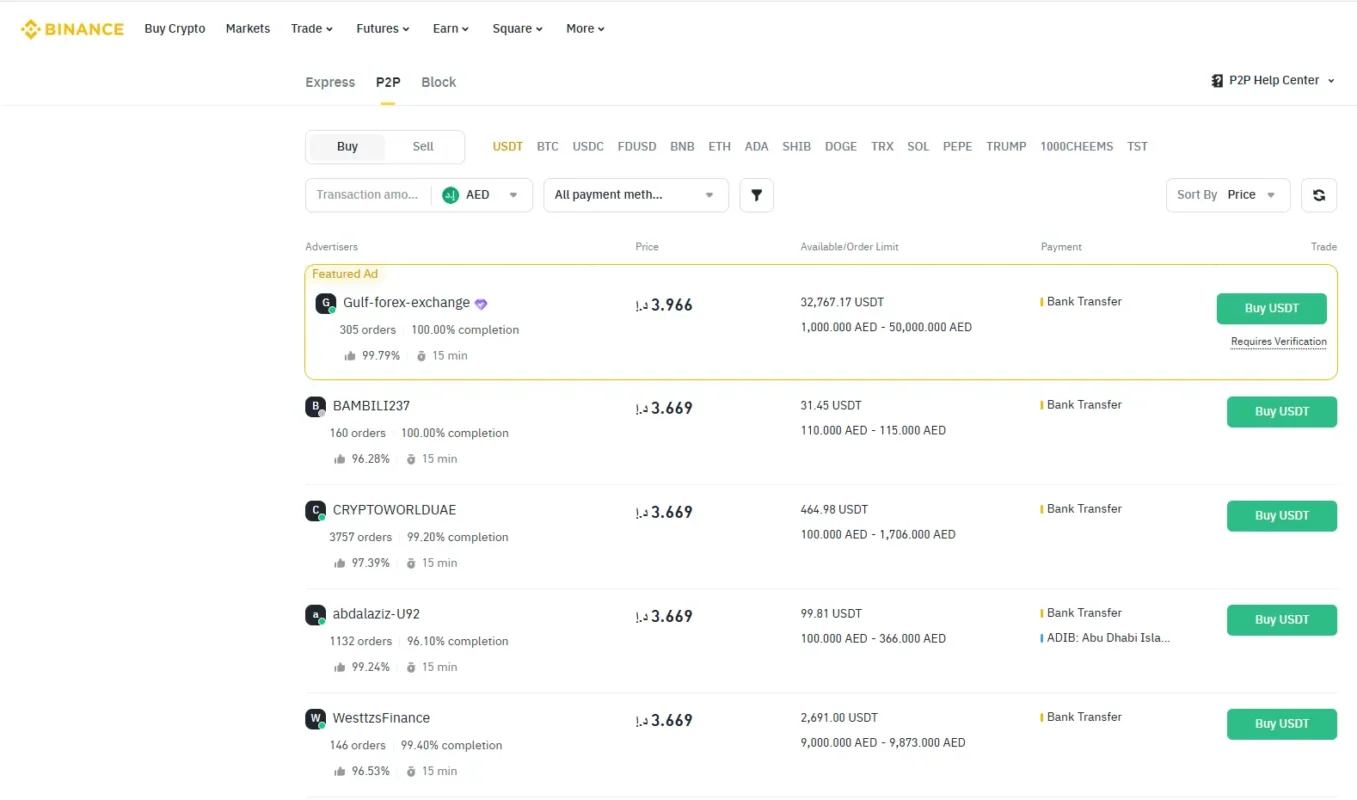
Ask yourself:
Can I deposit using credit card, bank transfer, PayPal, or crypto only?
How fast are withdrawals?
What are the daily/monthly limits?
Some exchanges offer instant fiat on-ramps while others require KYC verification before you can move funds.
🔍 Example: Binance supports P2P trading to help users in countries with banking restrictions.
6. Customer Support & Community Reputation
When thinking about how to choose a crypto exchange, customer support often gets overlooked—until something goes wrong. A responsive support team can make a big difference when you face issues with deposits, withdrawals, or account security.
Here’s what to check:
Does the exchange offer live chat, email, or a ticket system?
What are their response times (check Reddit, Telegram, or forums)?
What do real users say on Trustpilot, Google Reviews, or social media?
🙋 Pro Tip: Test the support team before signing up. Ask a simple question and evaluate how fast and helpful their reply is.
7. Advanced Features for the Future
As you learn how to choose a crypto exchange, don’t just focus on the present—think about where your trading journey might go. Even if you’re starting small, it’s smart to pick an exchange that can grow with you.
Look for advanced features such as:
Staking or earn programs to earn passive income (Binance Earn)
Margin or futures trading for advanced strategies (Investopedia Guide to Margin Trading)
NFT marketplaces to explore digital assets (CoinGecko NFT List)
Copy trading or automated trading bots for hands-free investing
If your chosen exchange only offers basic spot trading, you could outgrow it quickly as your experience and needs evolve.
🚀 Future-proof tip: Choose a platform that adapts to new trends and technologies in the crypto space.
Final Thoughts
Choosing a crypto exchange is more than just signing up and buying Bitcoin. It’s about security, trust, flexibility, and usability. Think long-term: an ideal exchange should grow with you, not limit you.
Before funding your account, always compare multiple options carefully. And remember the golden rule in crypto: not your keys, not your coins — for large holdings, consider self-custody solutions.
If you’re new to crypto, check out our guide on 10 Crypto Terms You Need to Know Right Now to get familiar with essential concepts that will help you trade confidently.

